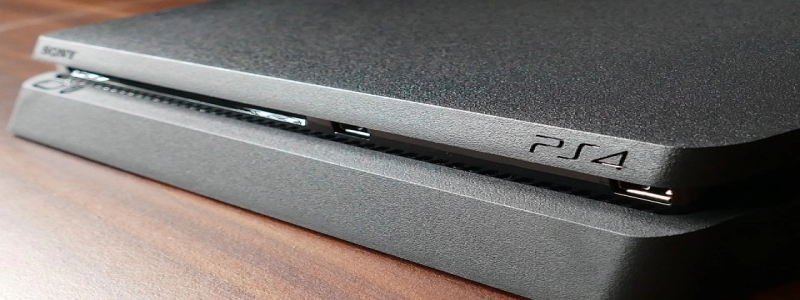Breakout Cable QSFP: Advantages and Applications
Introduction:
The breakout cable QSFP (Quad Small Form-factor Pluggable) is a high-speed cable assembly used in data centers and network applications. It allows for the transmission of data at speeds of up to 40 Gbps, making it a versatile and efficient solution for many industries.
I. What is a Breakout Cable QSFP?
A. Definition and Design:
The QSFP breakout cable is designed to split the high-capacity QSFP ports into a set of lower-speed connections. It consists of multiple fibers or copper wires, depending on the application, encapsulated within a protective jacket.
B. Types of Breakout Cable QSFP:
1. Fiber Optic Breakout Cable: This type of cable is made up of multiple fiber strands bundled together within the outer jacket. It enables the transmission of data over longer distances and is ideal for applications that require high bandwidth and low latency.
2. Copper Breakout Cable: Copper cables consist of twisted pairs of copper wires, suitable for shorter distances and applications requiring high-speed data transfer within a confined space.
II. Advantages of Breakout Cable QSFP:
A. Flexibility:
Breakout cables offer flexibility by allowing connections to be made from a single QSFP port to multiple SFP+ ports. This eliminates the need for expensive equipment upgrades and reduces cabling complexity.
B. Cost-Effective Solution:
By utilizing breakout cables, businesses can optimize their existing QSFP infrastructure without investing in additional equipment. This saves costs while maintaining high-speed data transmission capabilities.
C. High-Speed Data Transfer:
Breakout cable QSFP provides fast data transfer rates of up to 40 Gbps, meeting the demands of modern high-bandwidth applications. It enables efficient communication between servers, switches, and other network devices.
III. Applications of Breakout Cable QSFP:
A. Data Centers:
Breakout cables are commonly used in data centers to connect switches, routers, and servers. They provide a scalable and cost-effective solution for expanding network capacity while maintaining high data transmission rates.
B. Telecommunication Networks:
Telecommunication networks benefit from breakout cables for distributing high-speed data across shorter distances. They are particularly useful in fiber-to-the-home (FTTH) installations and connecting central offices to subscriber locations.
C. High-Performance Computing:
Breakout cables are crucial in high-performance computing environments where massive amounts of data need to be exchanged quickly between interconnected systems, such as in scientific research, artificial intelligence, and financial modeling.
Conclusion:
The breakout cable QSFP is a versatile and efficient solution for high-speed data transmission in various industries. With its flexibility, cost-effectiveness, and ability to handle large volumes of data, it plays a crucial role in data centers, telecommunication networks, and high-performance computing environments. By utilizing breakout cables, businesses can enhance their network capabilities without significant investments in additional equipment.








